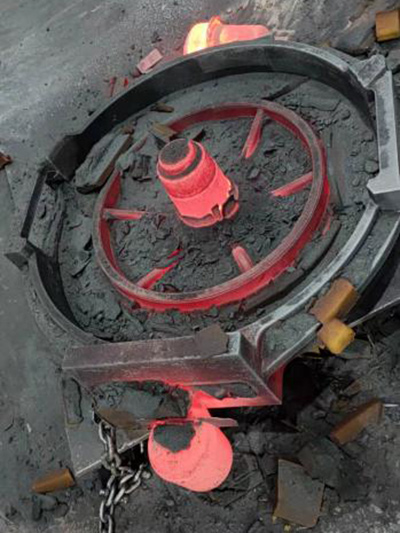Exploring the Wonders of Sand 3D Printing
In recent years, 3D printing technology has revolutionized various industries, and one of the most fascinating developments is the use of sand as a material for 3D printing. This innovative technique has opened up new possibilities in construction, art, and manufacturing, enabling the creation of complex geometries that were previously impossible to achieve.
Exploring the Wonders of Sand 3D Printing
The benefits of using sand as a medium for 3D printing extend beyond speed and efficiency. As a natural material, sand is abundant and cost-effective, making it an ideal choice for sustainable manufacturing. With increasing concerns about environmental impact, industries are seeking innovative ways to reduce waste and energy consumption, and sand 3D printing fits seamlessly into this narrative. The process produces minimal waste compared to traditional methods, as excess material can often be reused in subsequent prints.
sand 3d printing

Moreover, sand 3D printing allows for the creation of unique and customized designs. This is particularly valuable in industries such as architecture and construction, where bespoke components are often required. Architects can experiment with complex forms and structures that optimize both aesthetics and functionality. The ability to produce unique and intricate designs also expands the possibilities for artists, allowing for the creation of sculptures and installations that push the boundaries of traditional art forms.
Not only is sand 3D printing transforming existing industries, but it also has the potential to pave the way for new applications. The construction of large-scale structures using 3D printing technology has been gaining traction. For instance, entire buildings can be printed using a combination of sand and binder, creating sustainable housing solutions. This method holds promise, especially in regions facing housing shortages or in disaster-stricken areas where quick solutions are necessary.
Despite its advantages, there are challenges to overcome in the widespread adoption of sand 3D printing. Ensuring the quality and strength of the printed structures is crucial, especially in load-bearing applications. Continued research and development are needed to refine the materials and processes involved, ensuring that the final products meet safety and durability standards.
In conclusion, sand 3D printing stands at the forefront of modern manufacturing techniques, offering exciting opportunities across various fields. Its combination of sustainability, efficiency, and creativity positions it as a significant player in the future of technology and design. As we continue to explore and harness the potential of this innovative technique, we are likely to see a shift towards more sustainable practices in the manufacturing sector and a reimagining of what is possible in architecture and the arts. The journey of sand 3D printing is just beginning, and its impact on our world could be profound.
Post time:paź . 31, 2024 20:24
Next:Innovative Applications of Lost Foam Casting in Modern Manufacturing Techniques
